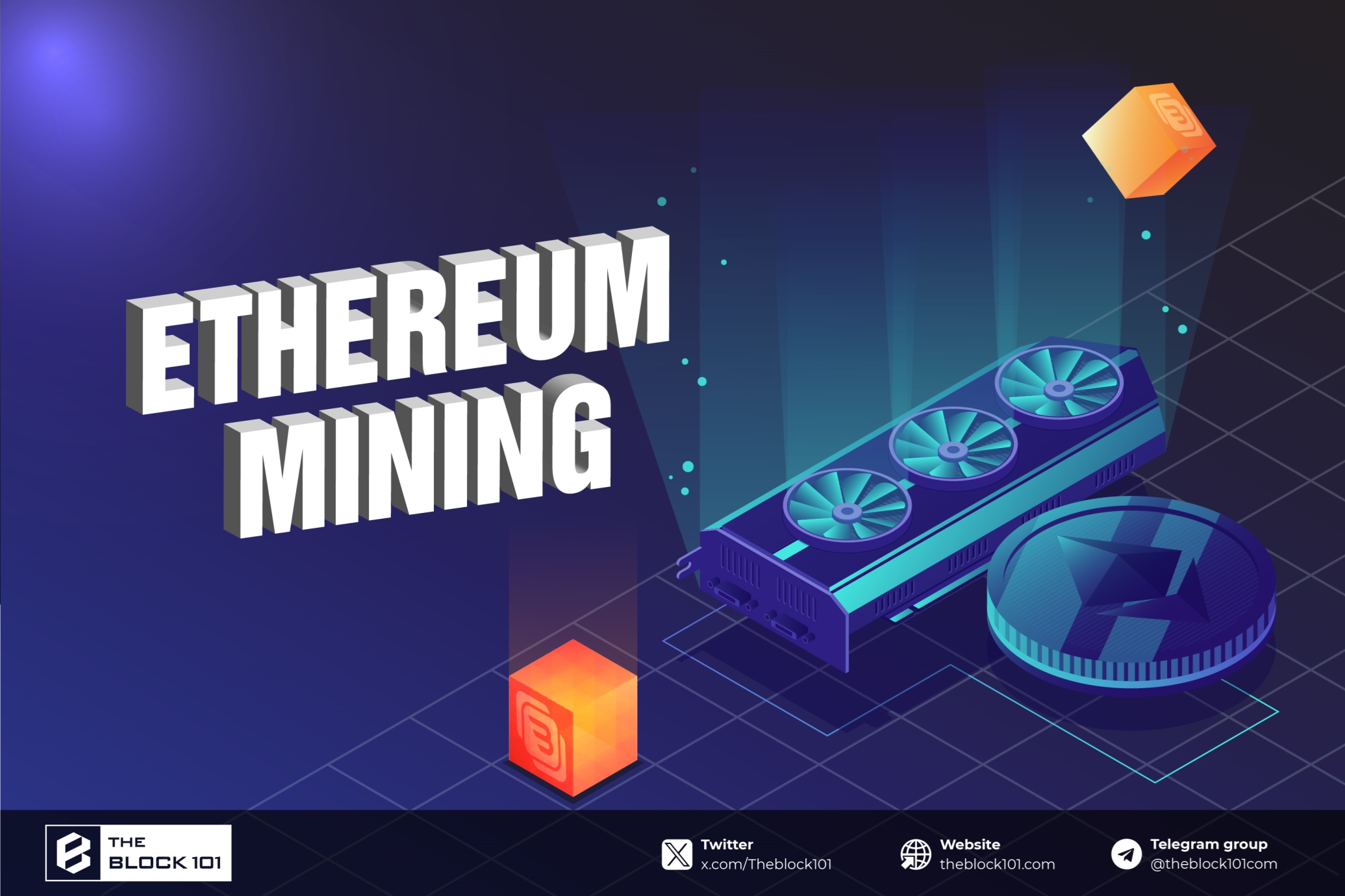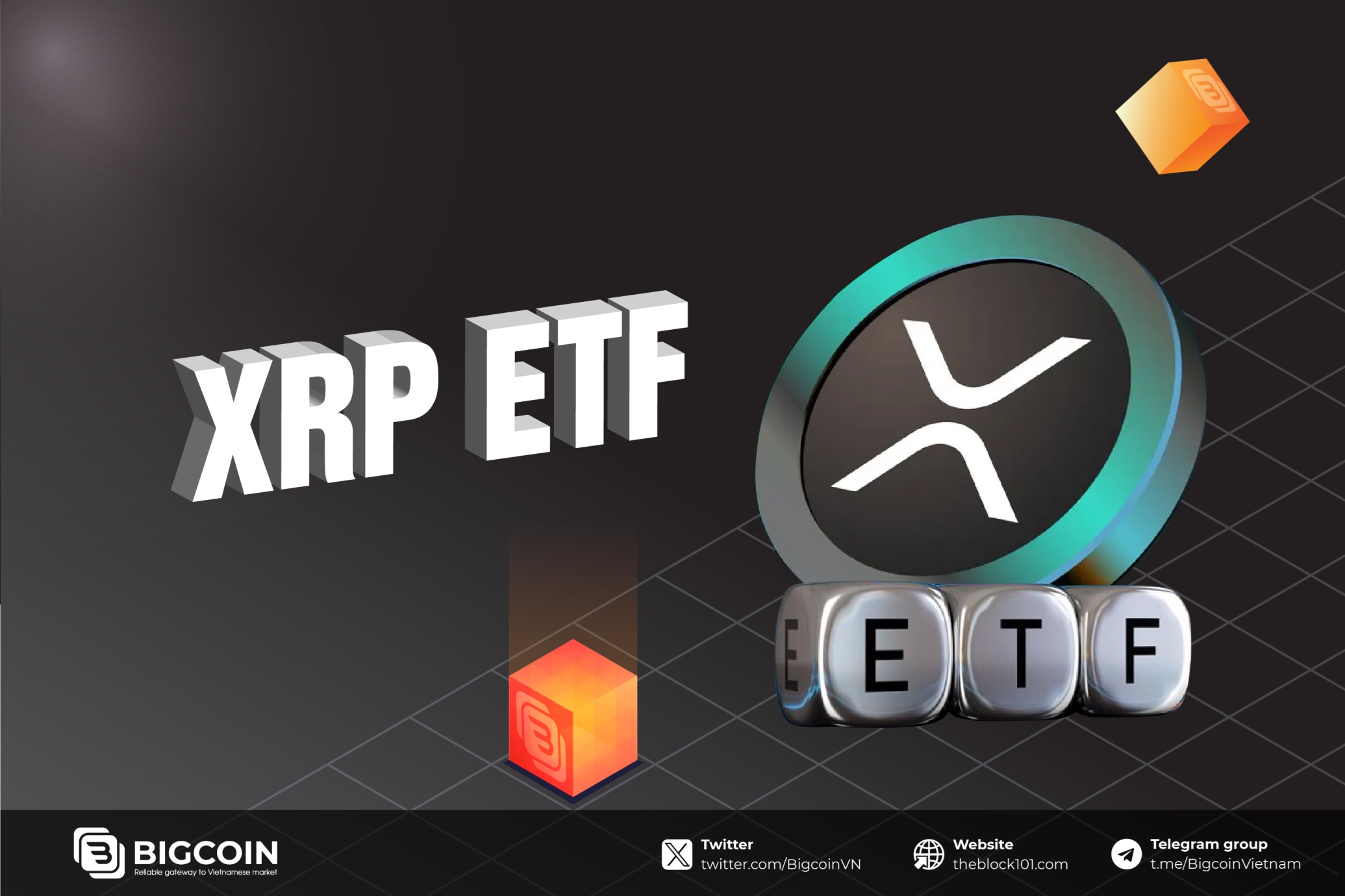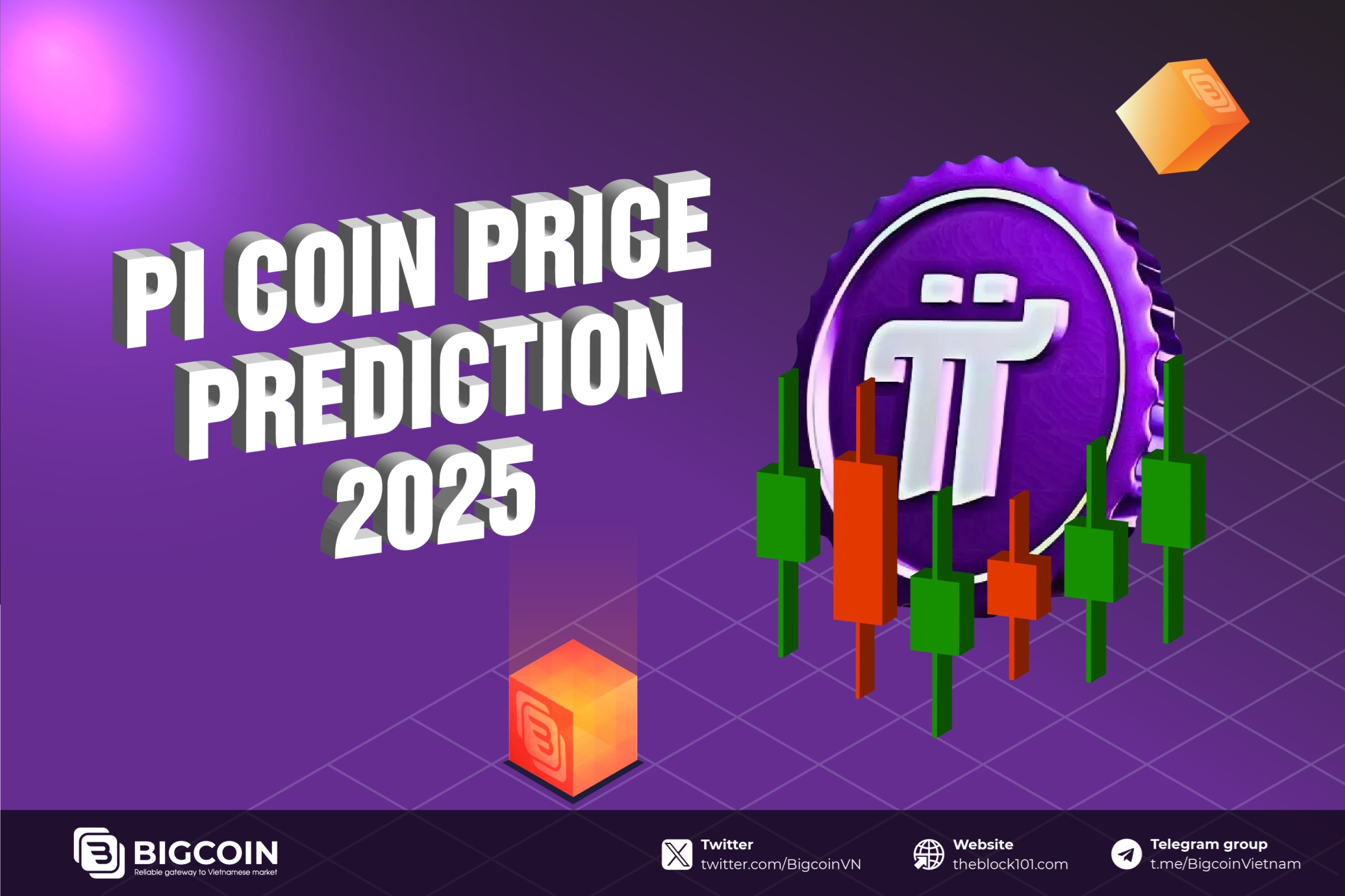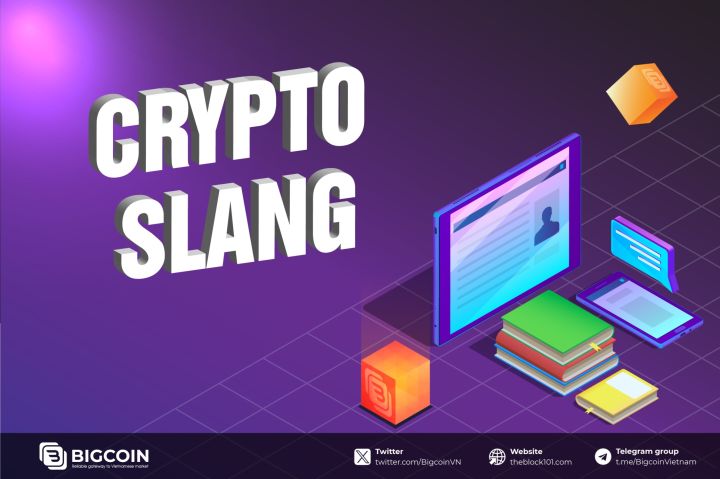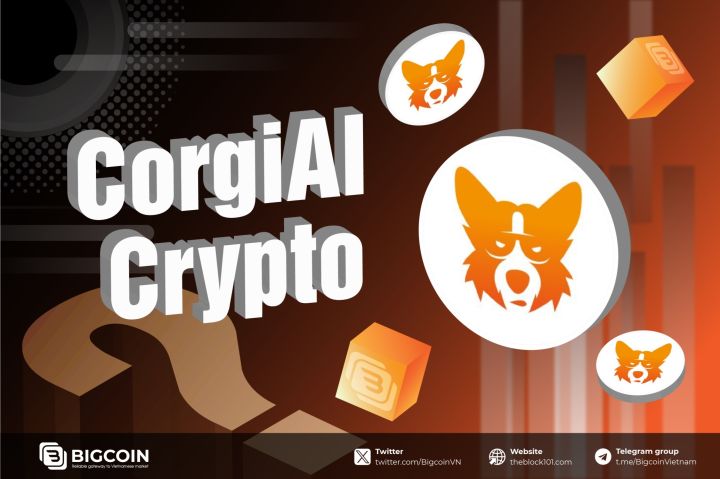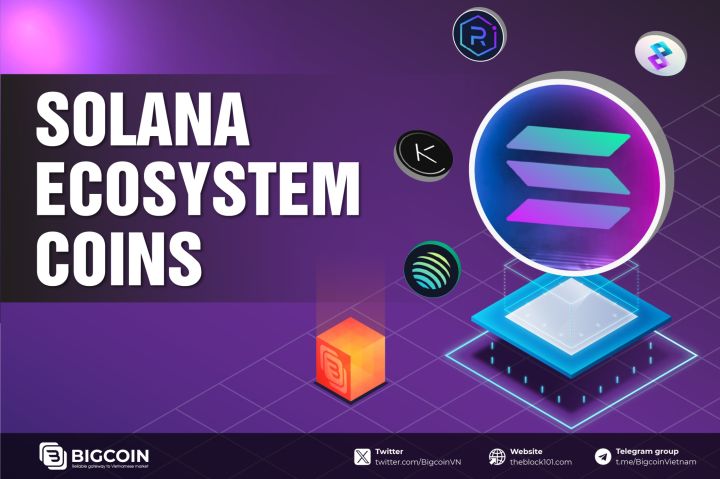.png)
1. Introduction to USDT
1.1. What is USDT?
USDT is a fiat-backed stablecoin launched by Tether Limited in 2014,, bridging the gap between traditional currencies and cryptocurrencies. Pegged to the US Dollar, USDT offers the benefits of major cryptocurrencies like Bitcoin and Ethereum while minimizing volatility. With over 87 billion tokens circulating on various blockchains, USDT is a leading stablecoin, facilitating quick, low-cost transactions and serving as a popular trading pair for numerous cryptocurrencies.
.jpg)
Beyond trading, USDT plays a vital role in decentralized finance (DeFi), allowing users to engage in activities like yield farming and liquidity pools. However, potential risks in DeFi should be carefully considered. Additionally, USDT provides merchants with a stable means of accepting cryptocurrency payments denominated in fiat, offering a practical solution amid volatile market conditions.
1.2. USDT volume and market cap
USDT consistently secures a position within the top 5 cryptocurrencies by market capitalization and trade volume. Notably, its daily trading volume often surpasses that of Bitcoin, underscoring its prominence and widespread use in the cryptocurrency market.
1.3. USDT stability
USDT is specifically structured to be tethered to the US dollar, and Tether Limited asserts that the stablecoin is entirely supported by its reserves, aiming to uphold USDT's value at $1. While minor price fluctuations of a few cents may occur sporadically, historical market trends indicate a consistent correction, consistently bringing USDT back to an approximate value of $1.00.
2. Introduction to USDC
2.1. What is USDC?
USDC, a fiat-backed stablecoin created by Circle and Coinbase in 2018, is pegged to the US dollar on the Ethereum blockchain. Similar to USDT, its aim is to maintain a stable value of $1, backed by reserves asserted by Circle. Previously governed by the Centre Consortium, USDC underwent changes as Centre shut down, leading to Coinbase's equity stake in Circle and Circle assuming full control over the stablecoin.
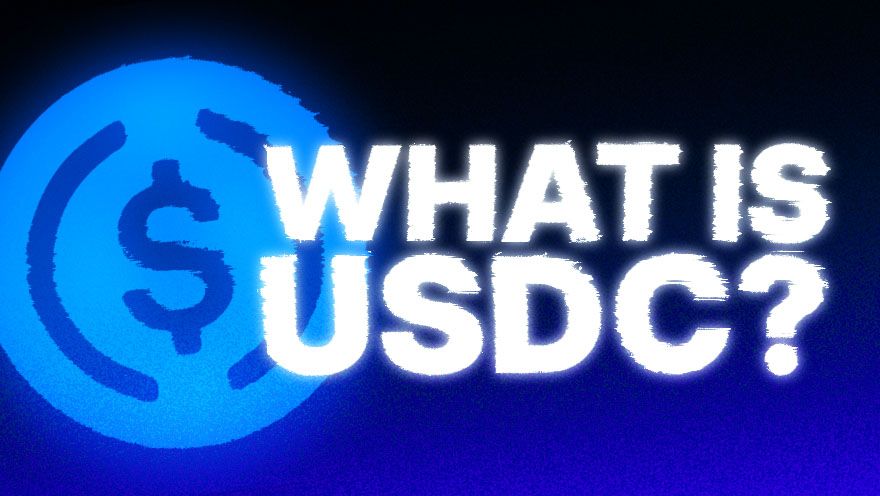
With a circulating supply exceeding 24 billion USDC, it is governed by Circle, ensuring a 1-to-1 backing with USD reserves. Issuable by approved financial institutions following Circle's framework, USDC is compatible with various blockchains and is available on major exchanges. Circle recently announced the transition from "USD Coin" to the simplified "USDC."
2.2. USDC volume and market cap
Frequently found within the top 10 cryptocurrencies by market capitalization and daily trading volume, USDC consistently maintains a strong position, albeit trailing behind USDT in trading volume.
2.3. USDC stability
Circle ensures the stability of USDC by maintaining a 1:1 peg with a reserve of assets, aiming to keep its value at $1, as explained earlier. Although minor fluctuations are common with fiat-backed stablecoins, they are typically swiftly corrected, restoring the price to $1.
In an unexpected turn of events in March 2023, the value of USDC deviated from its peg, dropping to just below $0.90. This deviation occurred following the failure of Silicon Valley Bank.
3. USDT vs USDC Comparison
3.1. The similarities

USDT (Tether) and USDC (USD Coin) share several similarities, as both are popular fiat-backed stablecoins designed to maintain a stable value of $1. Here are some key similarities between USDT and USDC:
Pegged to USD: Both USDT and USDC are pegged to the US dollar, with the primary goal of maintaining a 1:1 value ratio.
Fiat Backing: Both stablecoins claim to be fully backed by reserves in USD. The companies behind each stablecoin assert that they hold equivalent USD reserves to the total circulating supply of tokens.
Blockchain Compatibility: USDT and USDC are both available on various blockchain networks. They are commonly found on the Ethereum blockchain as ERC-20 tokens, but they also have support on other blockchains, such as Tron, Solana, Algorand, and more.
Widespread Adoption: Both stablecoins are widely accepted and supported on numerous cryptocurrency exchanges, trading platforms, and decentralized finance (DeFi) protocols.
Liquidity and Trading Pairs: USDT and USDC are highly liquid and serve as popular trading pairs for a wide range of cryptocurrencies on major exchanges.
Interoperability: Users can send and receive both USDT and USDC across various wallets and exchanges that support their respective blockchain standards.
Use in DeFi: Both stablecoins are commonly used in decentralized finance (DeFi) applications, including lending, borrowing, yield farming, and liquidity provision.
Stablecoin Functionality: The primary function of both USDT and USDC is to provide users with a stable and easily transferable digital representation of the US dollar, allowing for efficient value transfer and storage within the cryptocurrency ecosystem.
While these stablecoins share these common features, users may still consider factors like the issuing entities, transparency, regulatory compliance, and historical stability when choosing between USDT and USDC for their specific use cases.
3.2. What are the Key Differences?
| USDT | USDC | |
| Issuing Companies | Tether Limited issues USDT | USDC is a collaboration between Circle and Coinbase |
| Transparency | Tether has faced scrutiny regarding the transparency of its reserves. Periodically, Tether releases attestations to demonstrate the backing of USDT. | Circle emphasizes transparency and regularly provides third-party audits to verify the 1:1 backing with USD reserves. |
| Reserves and Backing | Tether claims to back USDT with reserves but has faced skepticism due to limited and occasional attestations | USDC is designed to be fully backed by USD reserves, with transparency provided through regular audits |
| Regulatory Compliance | Tether has faced regulatory challenges, with concerns about its compliance and legal status in various jurisdictions | Circle, the company behind USDC, aims to adhere to regulatory standards and has emphasized compliance. |
| Market Acceptance | USDT has been in the market for longer and has widespread acceptance, with a higher market cap and trading volume | While USDC is gaining popularity, it may not be as widely accepted as USDT on all platforms |
| Decentralization | Tether's approach to decentralization has been a topic of debate. Critics argue that it is less decentralized compared to some other stablecoins. | USDC aims to maintain decentralization and operates on the Ethereum blockchain. |
| Market Stability | USDT has historically maintained its peg to the US dollar but has experienced occasional fluctuations. | USDC strives for stability with regular audits and transparent reserves, though the March 2023 deviation highlighted potential risks |
| Availability on Platforms | Being one of the earliest stablecoins, USDT is widely available on cryptocurrency exchanges and platforms | USDC is increasingly supported on various platforms but may not be as universally available as USDT. |
4. USDC vs USDT: How to Choose the Right Stablecoin?
Choosing between USDC (USD Coin) and USDT (Tether) depends on various factors, including individual preferences, use cases, and considerations such as transparency, regulatory compliance, and market acceptance. Here are key points to keep in mind when choosing the right stablecoin for you:
.jpg)
Availability on Your Platform: Check if the stablecoin is listed on your chosen brokerage or cryptocurrency exchange.
Blockchain Compatibility: Ensure that the stablecoin is available on the blockchain network you intend to use, as different stablecoins operate on various blockchains.
Issuer's Transparency: Evaluate the transparency of the stablecoin issuer regarding its reserves, especially through third-party audits or regular attestations.
Backing by Fiat Reserves: Confirm whether the stablecoin is backed by fiat currency reserves, as this ensures a direct peg to the value of the underlying currency.
Composition of Reserves: Understand the types of financial instruments that constitute the stablecoin reserves, as this can impact stability and risk.
Regulatory Compliance: Check if the stablecoin issuer complies with regional laws and regulations, as regulatory adherence is crucial for long-term stability.
By carefully considering these factors and applying a comprehensive rating framework, you can make an informed decision when choosing the right stablecoin that aligns with your specific requirements and preferences.
5. FAQs
Q1: Is USDT better than USDC?
Selecting between USDT and USDC involves a nuanced evaluation, considering their distinctions. USDT, with a longer history, holds a more established position, whereas USDC is gaining traction due to its emphasis on compliance and transparency. The decision between these stablecoins ultimately depends on individual preferences and specific needs, as there is no universally applicable answer to this complex question.
Q2: Why do we use USDT instead of USD?
Cryptocurrency traders frequently opt for USDT over USD in their trading activities, appreciating its stability and convenience. This preference is amplified by the broad acceptance of USDT across various cryptocurrency exchanges. Furthermore, USDT provides a swifter means of transferring funds compared to traditional banking methods. Its utility extends to facilitating seamless fund transfers between different crypto exchanges and enabling traders to secure profits without relying on conventional banking channels.
6. Conclusion
In conclusion, the choice between USDC and USDT in 2024 depends on individual preferences, risk tolerance, and specific use cases. USDC's emphasis on compliance and transparency may appeal to those prioritizing regulatory adherence, while USDT's established history and widespread acceptance make it a familiar option for many traders. Consideration of factors like transparency, regulatory compliance, and market dynamics will guide users in making an informed decision based on their unique requirements and objectives in the evolving landscape of cryptocurrencies.

 English
English Tiếng Việt
Tiếng Việt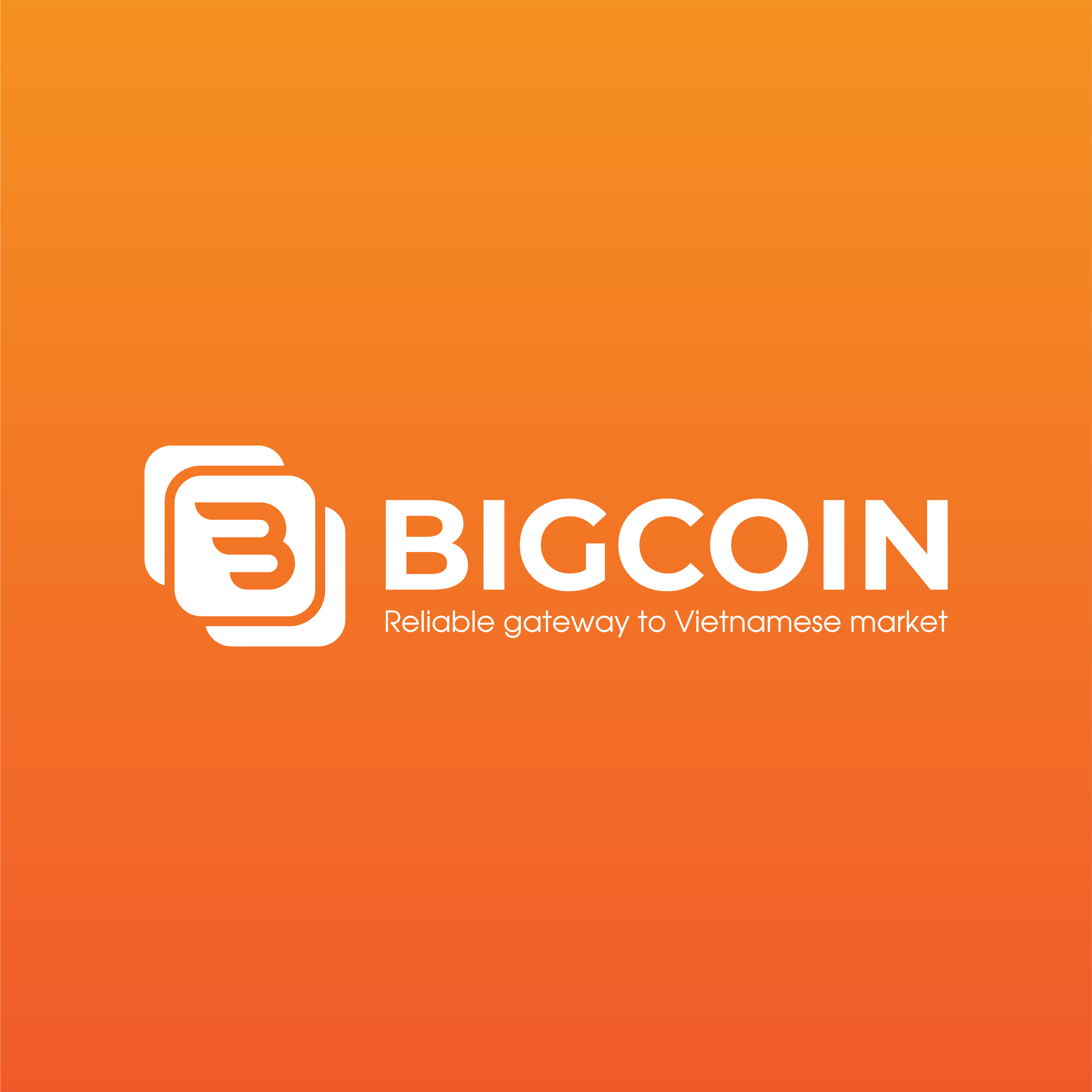
.jpg)

